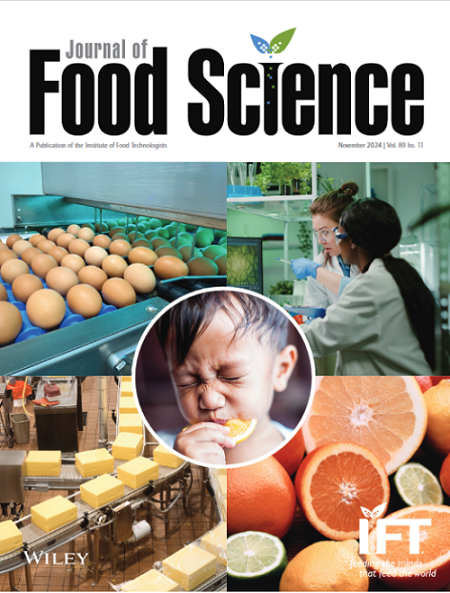To improve the 3D printing performance of plant protein-based pastes, varying mass fractions of Haematococcus pluvialis (HP) were mixed with soybean protein isolate (SPI) and wheat gluten (WG). The rheological characteristics, microstructure, water distribution, and 3D printing suitability of the composite pastes were evaluated. Results demonstrated that as the HP additions increased, the apparent viscosity and energy storage modulus decreased, exhibiting ameliorative shear-thinning behavior and elastic deformation capacity. Low-field nuclear magnetic resonance and confocal laser scanning microscopy showed that increasing HP enhanced water mobility and resulted in a more uniform protein structure, improving fluidity. 3D-printed Chinese character and cylindrical models manifested that the paste consisted of pure SPI–WG was hard to be extruded from the nozzle, while both HP (0.7) and HP (1.0) additions were suitable for printing. Notably, when the mass ratio of SPI:WG:HP was 1:1:0.7, the diameter of the extruded strands (0.87 mm) was the most closest to the nozzle diameter (0.84 mm), and the printed object maintained stability over 80 min with height and diameter variations <2%, implying the best printing fidelity. By employing HP as a novel, nutrient-rich additive, this work not only enhanced the printability and nutritional profile of SPI–WG based pastes, but also offered a pioneering framework for developing future customizable, high-quality 3D-printed foods that better address consumer needs.
This research provides a method for improving the 3D printing performance of plant-based pastes by incorporating Haematococcus pluvialis. The findings can be applied in the food industry to develop bio-inks for producing high-quality, nutritionally enhanced 3D-printed foods with better printing precision and stability, supporting the growing demand for personalized nutrition and functional foods.


